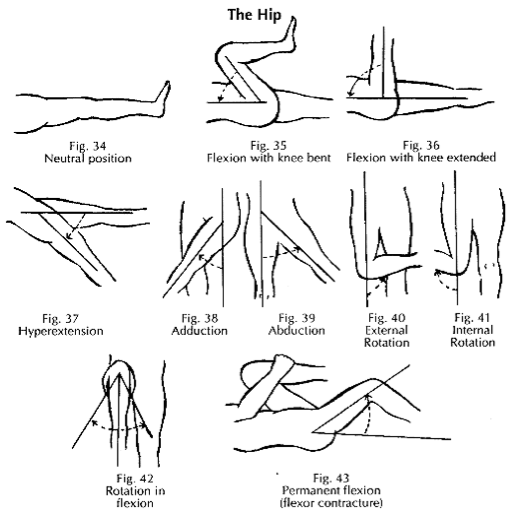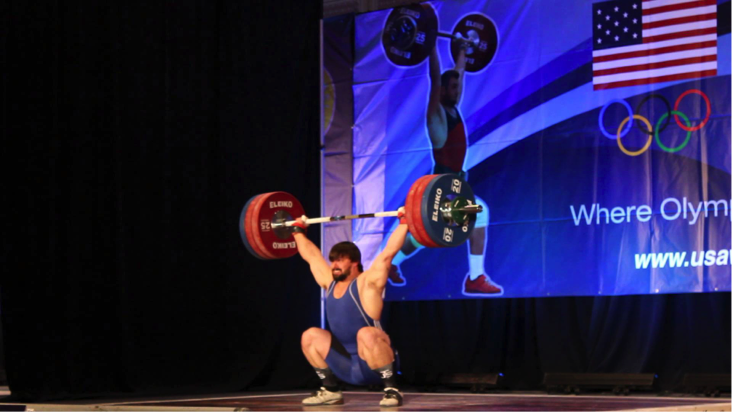Written by Dr. Quinn Henoch
We define “mobility” as movement potential. It is the combination of many factors – muscle extensibility, soft tissue flexibility, joint mechanics, neural drive, etc. In general, we want our joint systems to demonstrate full access to their movement potential in all 3 planes – sagittal, frontal, & transverse.

We can describe this as a form of “movement variability” when combined with the appropriate stability to control the above-mentioned mobility factors. Think of it as giving yourself movement options – a buffer zone, if you will.
Movement variability is especially important for a deep squat position in regards to the hip joints.

Our hips need access to the sagittal plane (flexion/extension) in order to reach full depth and lock the hips out at the top. They need access to the frontal plane (abduction/adduction) in order for the lifter to utilize a stance width that is right for them, and allows the hips knees and ankles to hinge comfortably. Finally, a deep squat requires access to the transverse plane (external/internal rotation) in order for the femoral head (ball) to seat itself in the socket congruently.

When we think about hip range of motion and hip examination in the three cardinal planes, typically it’s in the open chain, as in the picture above. An open chain means that the foot is not fixed to a surface. This usually depicts the femur (thigh bone) moving relative to the pelvis. However, when we squat, our lower extremities are in a closed chain position, because our feet are fixed to the ground. Think of a step-up vs. a squat.
With the closed chain in consideration, it becomes important not only for our femur to move relative to the pelvis, but also for the pelvis to be able to move relative to the femur. This is because, with our feet fixed to the ground, we have to be able to position our pelvis over the top of motionless femurs, for a comfortable/stable start, bottom, and finish position.
Ideally, this is a square, symmetrical start position, in which both hip bones (ASIS’s) face straightforward with a slight amount of anterior pelvic tilt. However, we are inherently asymmetrical humans; so a regressed position can help aid in gaining some femur on pelvis and pelvis on femur variability.
ENTER SIDELYING
Check out this video for a visual of the sidelying hip series that will become your best friend.
Here we can manipulate the sagittal plane by altering how close we are to the wall (flex/ext of the hip) and by tilting the pelvic anteriorly or posteriorly, the frontal plane by altering foot width (add/abd of the hip), and the transverse plane by externally or internally rotating the hips and shifting the pelvic forward & backward. It’s femur on pelvis and pelvis on femur movement in all three planes. Movement variability gold.
A few closing points:
- Perform 1-2 sets of 6-8 reps on each side. You have several options as far as where to position yourself and what to body parts to move – so experiment.
- No TFL/side hip cramping or pinching allowed. If this is happening, posteriorly tilt your pelvic and/or exhale through your mouth fully to bring a little more drive to the abdominals. You can also take a lacrosse ball to the area for 20 seconds to knock down any perceived muscle tension, and then resume the drill.
- This can be done before your squatting session, or in between your lighter warm-up sets.
Test your squat before and after to see what type of difference it makes, in regards to how free the movement feels. Let us know how it goes in the comments.
And of course, if there is pain or you are injured, refer yourself to a health care professional. Visit the directory at www.clinicalathlete.com to find a ClinicalAthlete Provider in your area who understands your performance goals.
This article was originally posted on Darkside Strength. Check out the Darkside Strength Website and YouTube Channel for valuable information regarding movement & mobility and strength & conditioning.
ClinicalAthlete Weightlifting Coach Certification
We have created a 2-day course that will detail corrective protocols for movement and mobility specifically for the snatch and clean & jerk. This course is open to all coaches and athletes who wish to improve positioning for the sport of weightlifting and to learn how to effectively integrate that improvement into performance on the platform. For all details and descriptions about the course, visit: www.cwcseminar.com
References:
- Heiderscheit B., Emmerik J. Variability of stride characteristics and joint coordination among individuals with unilateral patellofemoral pain. Journal of Applied Biomechanics. 2002, 18, 110-121
- Hamill et al. Coordinative variability and overuse injury. Sports Medicine, Arthroscopy, Rehabilitation, Therapy & Technology. 2012, 4:45











